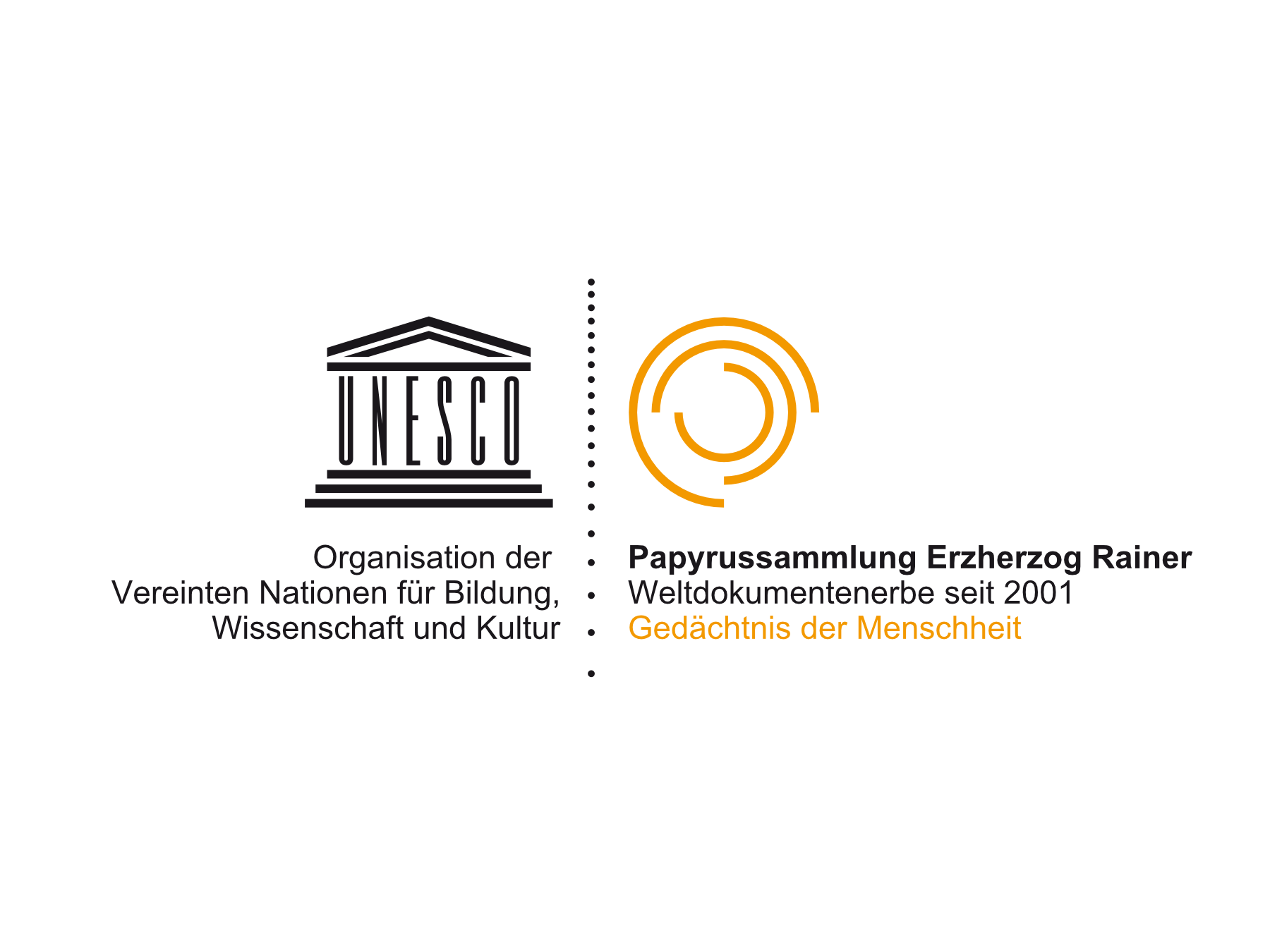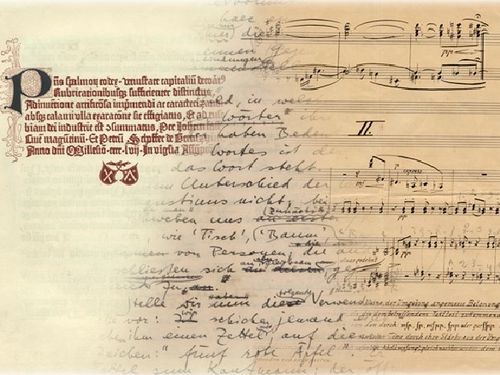The Papyrus Collection documents the variety in different writing materials and languages that were used in Egypt between 1500 B.C. and 1500 A.D. and is one of the most extensive collections of its kind.
The collection includes approximately 180,000 papyri that make substantial contributions to our historical understanding of the pharaonic period and Egyptian antiquity. The documents were written in a variety of different languages and with different letterings that were used across centuries: hieroglyphics and hieratic writing as well as Demotic, Coptic, Greek, Latin, Hebrew, Aramaic and Arabic. The content of the papyri ranges from literature and educational texts to magical and religious transcripts and books on finance, medicine, law and the military.
Erzherzog Rainer, after whom the collection is named, acquired the majority of it in the late 19th century and continuously expanded it. In 1899, he gifted the papyrus collection to his uncle, the Austrian Emperor Franz Joseph I, who gave it to the k.k. Hofbibliothek, which is now the Austrian National Library. The Egyptian Book of the Dead and the Haggadah in Hebrew are just two examples of this unique collection.


Global significance
The Papyrus Erzherzog Rainer is the most extensive and important collection of its kind and contains important historical evidence. Its documents give insights into the wide-ranging areas of life in the pharaonic period and antiquity.






